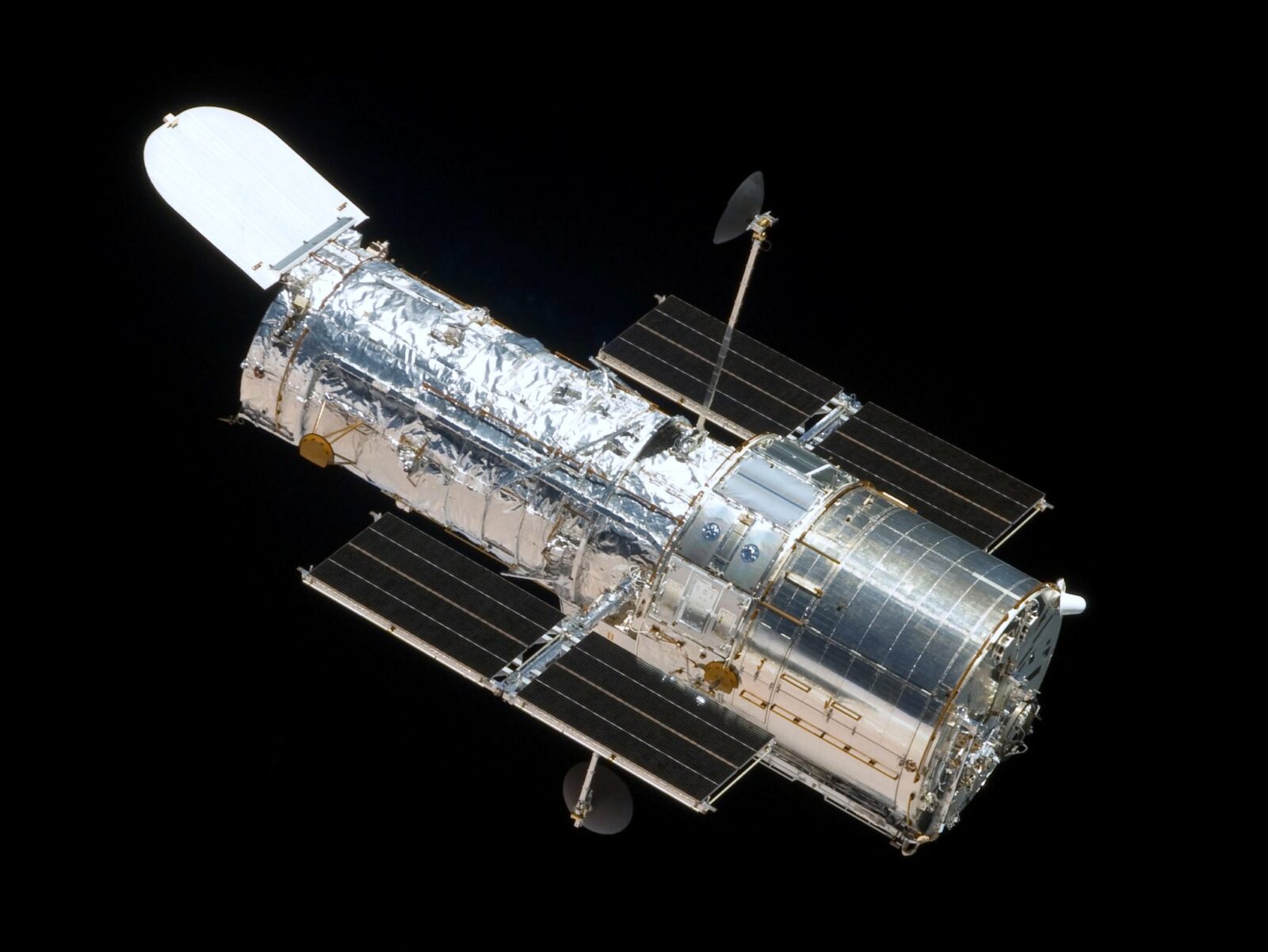– We see very clearly that the transformation of agriculture is crucial today in the European Green Deal, in the Farm to Fork Strategy, in the EU Biodiversity Strategy. We see there a clear indication of the need for transformation, of changing agriculture towards the environment, agroforestry, agroecology. We can call it differently, but it is about agriculture and the way of producing food while taking care of the environment, the soil, the water, the animals, our planet and our future – says Prof. Dr. Piotr Skopala from the Faculty of Natural Sciences of the University of Silesia in Katowice. – It is good that we understand it, the question is whether we will implement it.
As he confirms, Agriculture in its current form can be linked to crossing six of the nine planetary boundaries that represent a safe space for humanity to operate. These include, among others: loss of biodiversity caused by large-scale agriculture and industrial animal husbandry, exceeding the limits of the nitrogen and phosphorus cycle through the release of more than 100 tons of synthetic fertilizers annually, deforestation and exceeding the threshold for the safety of freshwater resources in 2023.
“Unfortunately, agriculture has a clear role in destroying our world,” the expert stresses.
– It occupies 37 percent. of the Earth’s surface, much more than we eat to meet our various needs. It consumes a huge amount of fresh water resources, is the main cause of deforestation in the world, and above all, 25 percent. of greenhouse gas emissions. This is agriculture as it is for us. Therefore, the need for change and transformation in an ecological direction is a challenge for humanity today, because the way we work today, and produce food, is unfortunately a path to disaster.
The European Parliament resolution following the 2023 UN Climate Change Conference (COP28), held in November 2023 in Dubai, United Arab Emirates, states that the agriculture and livestock sector emits 145 million tonnes of methane per year, making it the largest source. Methane is responsible for around 30% of global warming since the Industrial Revolution, and its effect is 28 times stronger than carbon dioxide over a 100-year horizon, and 80 times stronger over a 20-year horizon. Methane emissions from agriculture are primarily due to the increasing number of farm animals – around 32%. All anthropogenic methane emissions come from manure and enteric fermentation.
As the European Parliament pointed out in its resolution after COP28, citing the IPCC report, Global food systems are responsible for 31% of global emissions, and more than 100 million tons of synthetic fertilizers are used worldwide each year. Emissions from synthetic nitrogen fertilizers occur mainly after they are applied to the soil and enter the atmosphere in the form of nitrous oxide (N).2O) – A stable greenhouse gas with a global warming potential 265 times greater than carbon dioxide.2 On a century-long scale, the synthetic nitrogen fertilizer supply chain accounts for about 2.1% of global greenhouse gas emissions.
From the data of the Commission on the Economics of the Food System 2024, quoted by the expert. The current food system brings in $15 trillion in losses (12% of global GDP in 2020), of which PLN 3 trillion are hidden environmental costs. Transforming the food system into an ecosystem would require an expenditure of 0.2-0.4% of global GDP and could generate global benefits of US$5-10 trillion per year (4-8% of global GDP in 2020).
– The more we succeed in convincing recipients, consumers and politicians to change, the more we can guarantee ourselves that the worst-case scenarios identified by scientists in their reports will not come true or that the future will not be so dark for us. I use such words, but we see them in every report – emphasizes a scientist from the Faculty of Natural Sciences of the University of Silesia in Katowice. – Also in the IPCC report, the Intergovernmental Panel on Climate Change, a UN agency, says that the main causes of environmental degradation today are agriculture, food production and deforestation.
On the other hand, the effects of climate change are increasingly affecting the productivity of all sectors of agriculture and fisheries, increasing water scarcity and threatening food security, nutrition and livelihoods.
The “Status Report on Organic Farming in Poland in 2021-2022”, published by the Agricultural and Food Quality Inspection Service in December 2023, shows that on December 31, 2021, 21,795 organic producers were operating in Poland, and in 2022 the number increased to 22,882, which is still lower than in 2011-2016, but the upward trend has resumed. The largest number of organic farms in 2022 is located in the Podlaskie (17.9%) and Warmian-Masurian (16.1%) provinces. Only the Masovian Voivodeship, the largest in terms of area (12.6%), is in third place. More than 2 thousand organic producers are also operating in the West Pomeranian and Lublin provinces.
The number of entities that are engaged in the business of preparing organic agricultural products is constantly increasing. In 2021, compared to the previous year, the number of such entities increased by 6.3%, and in 2022 – by 3.6%. (1216 entities). The total area of agricultural land where the organic production method was used has shown an increasing trend since 2019. In 2021, its area amounted to 549,442.93 hectares, while in 2022 it increased to 554,631.7 hectares.
– We are not at the bottom in terms of the organic agriculture and organic food market, many initiatives are emerging here, although it is still about 1%. in our country. Let’s hope that thanks to the fact that we are talking about it and that many people are striving for it, this market will expand. By transforming organic agriculture and the organic food market, we ensure a safe future, health and comfort of life – the world concludes.
According to Eurostat data, in the EU in 2022, almost 17 million hectares were covered by organic production. Between 2012 and 2022, there was an increase of 7.4 million hectares, or 79%. (In Poland, there was a decrease during the decade under study.) France, Spain and Italy have the largest areas of ecological land. In the years 2012-2022, the share of organic agriculture in the EU increased from 5.9%. to 10.5% of the total area used for agriculture, and according to the European Commission’s “Farm to Fork” strategy in 2030 it should be 25%. agricultural land.

Echo Richards embodies a personality that is a delightful contradiction: a humble musicaholic who never brags about her expansive knowledge of both classic and contemporary tunes. Infuriatingly modest, one would never know from a mere conversation how deeply entrenched she is in the world of music. This passion seamlessly translates into her problem-solving skills, with Echo often drawing inspiration from melodies and rhythms. A voracious reader, she dives deep into literature, using stories to influence her own hardcore writing. Her spirited advocacy for alcohol isn’t about mere indulgence, but about celebrating life’s poignant moments.








